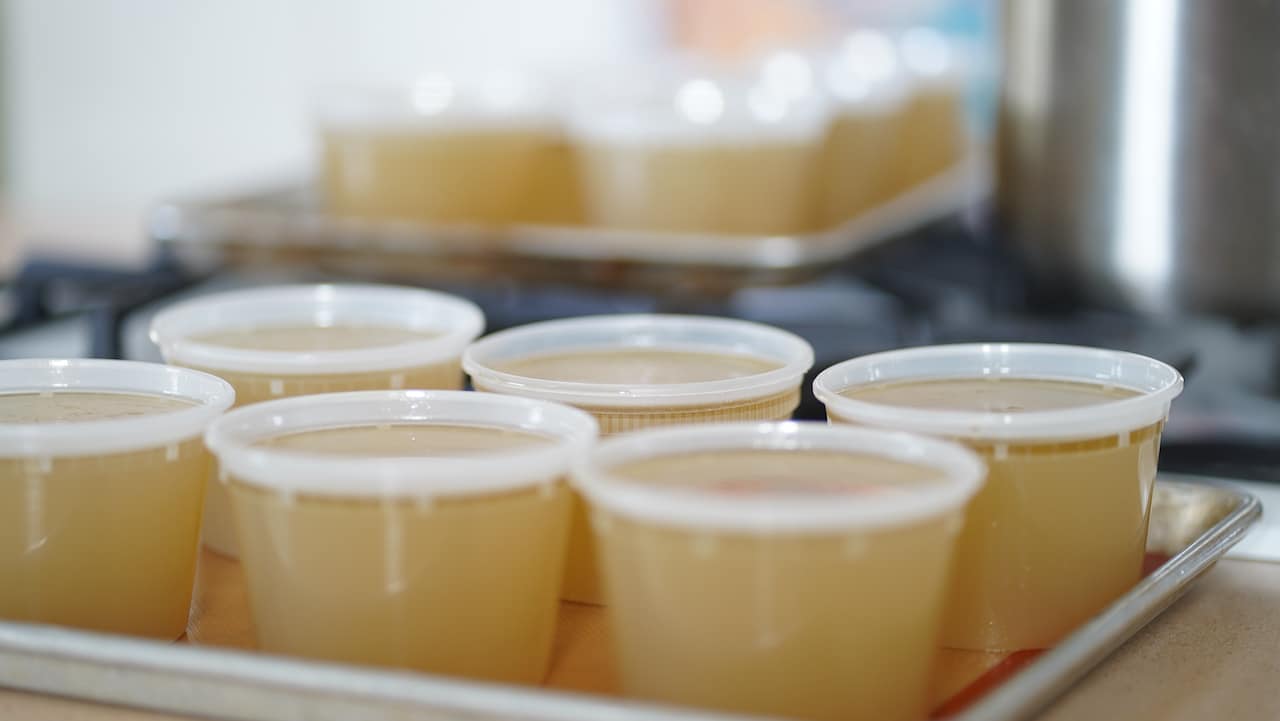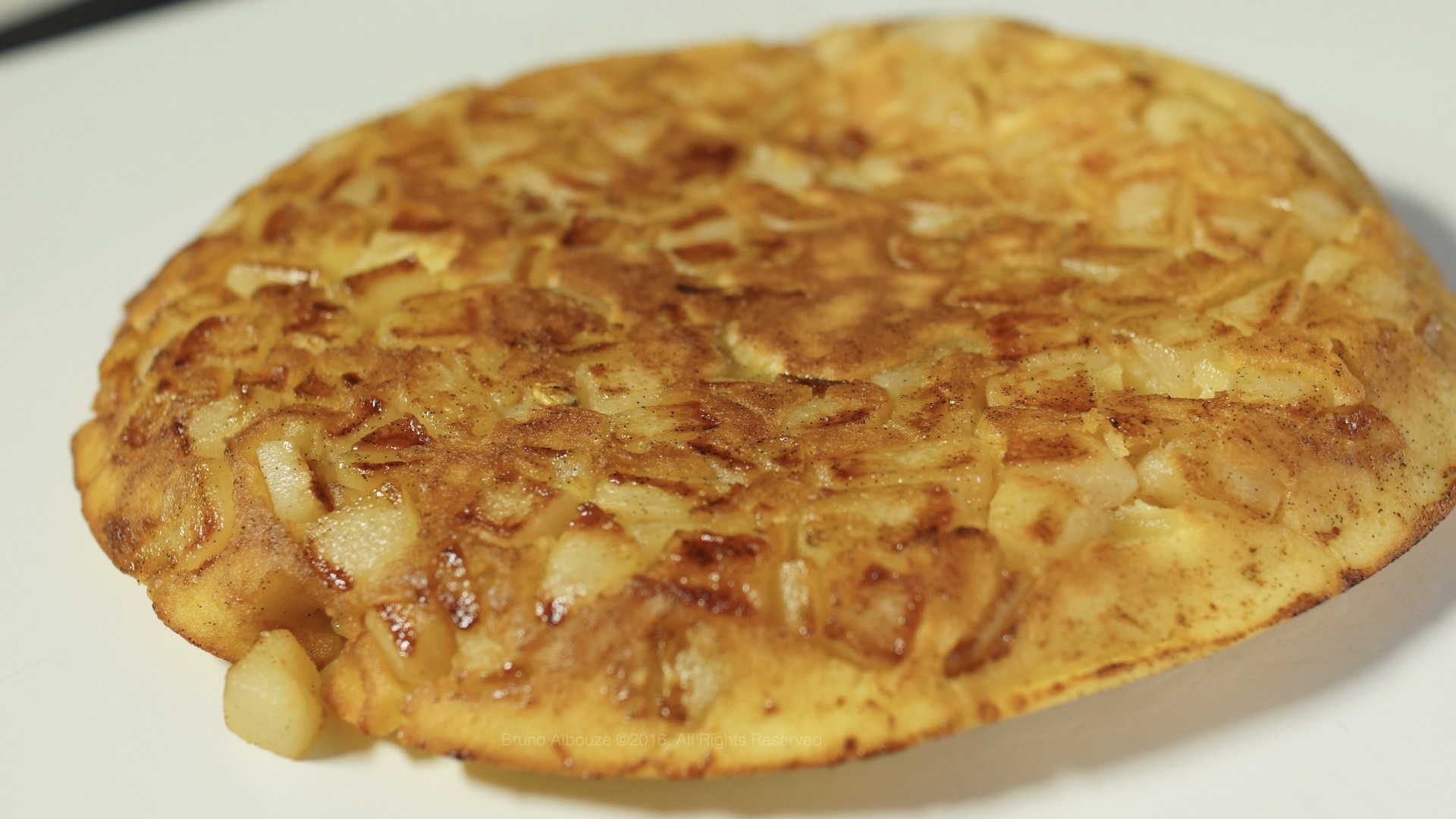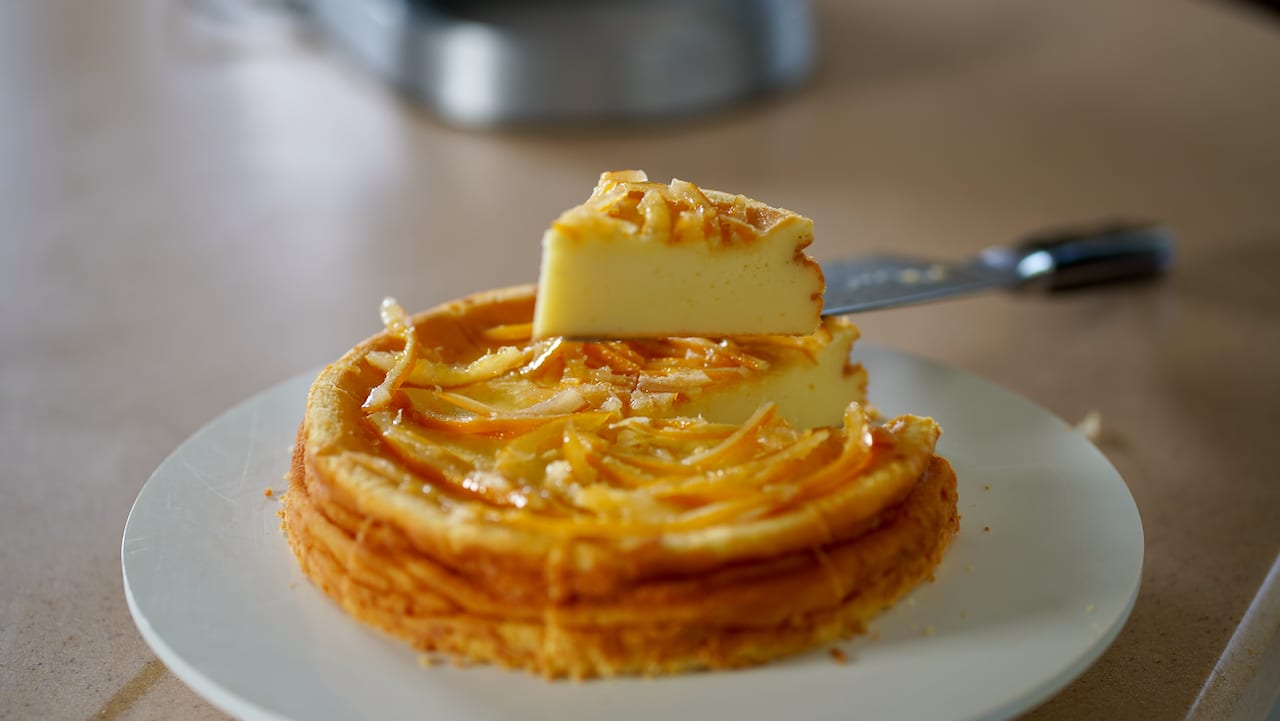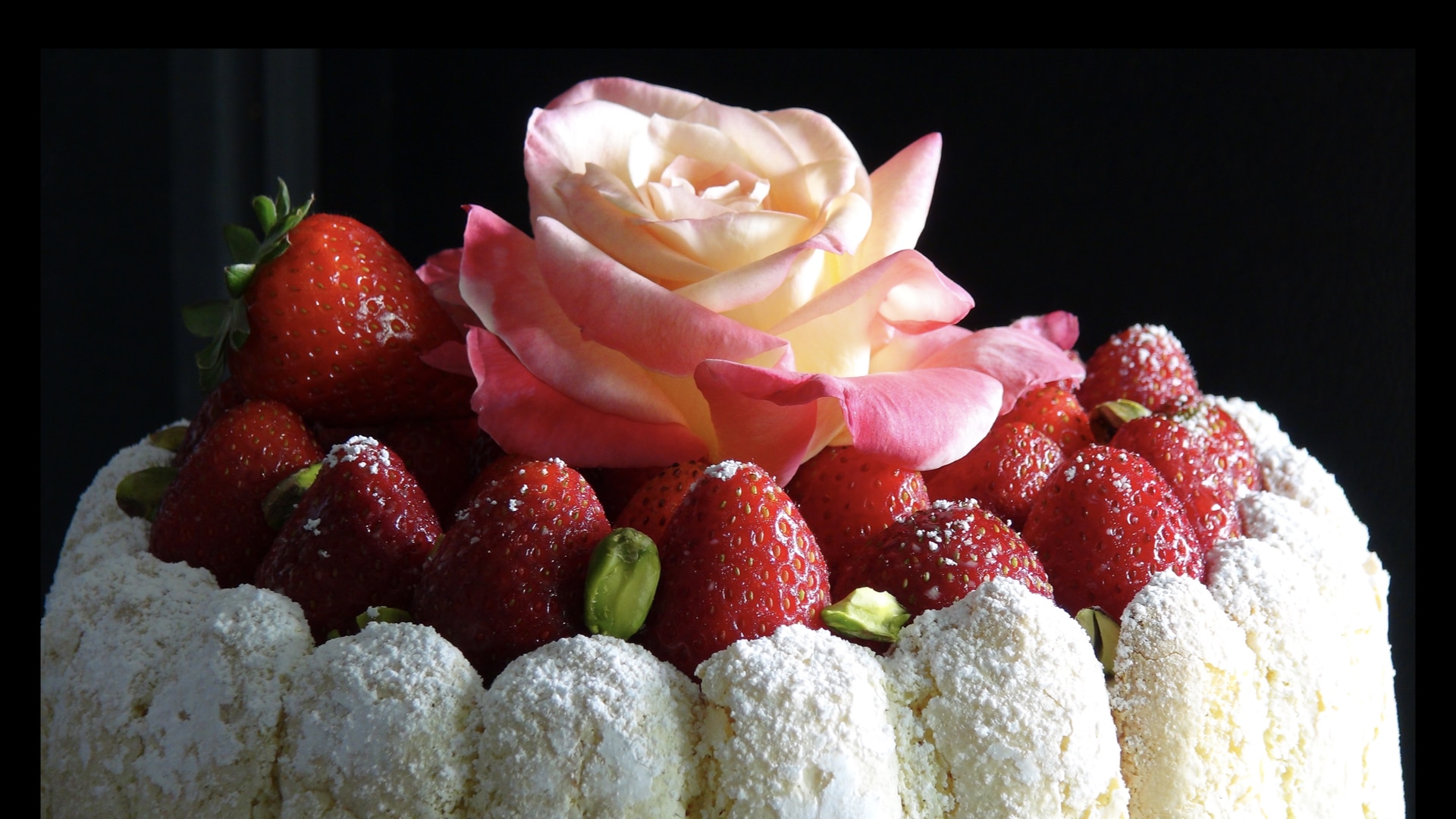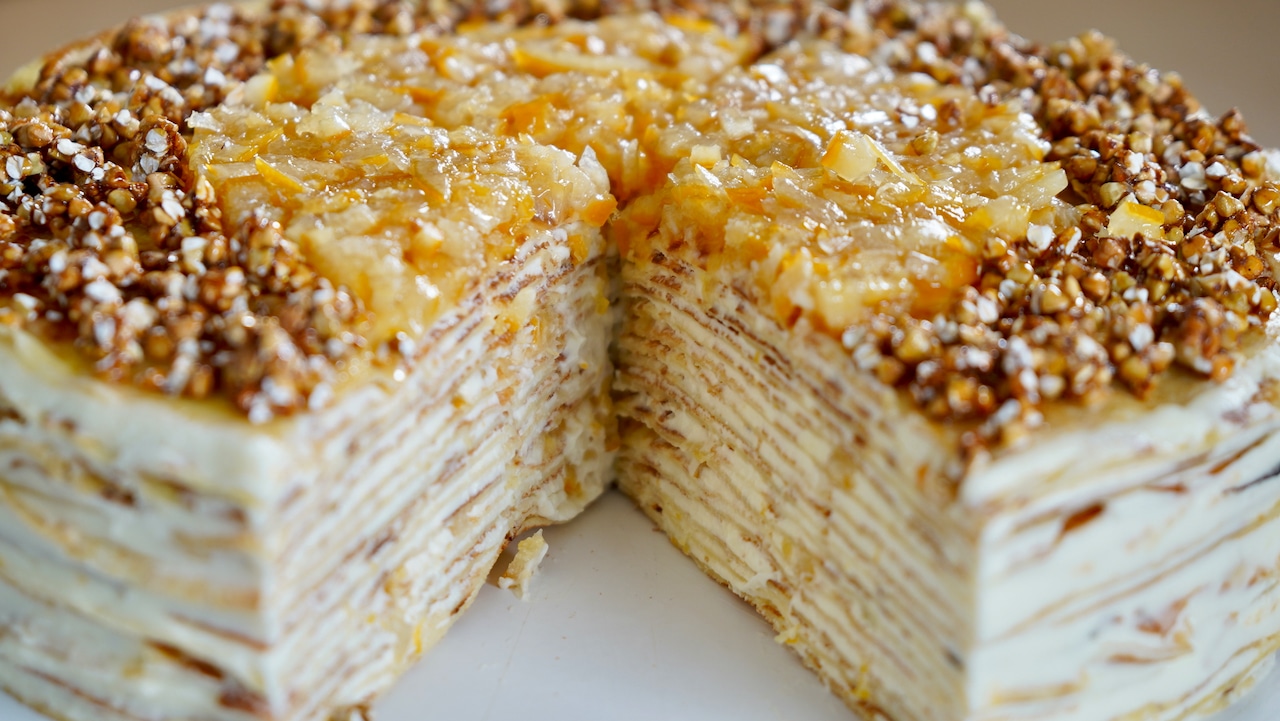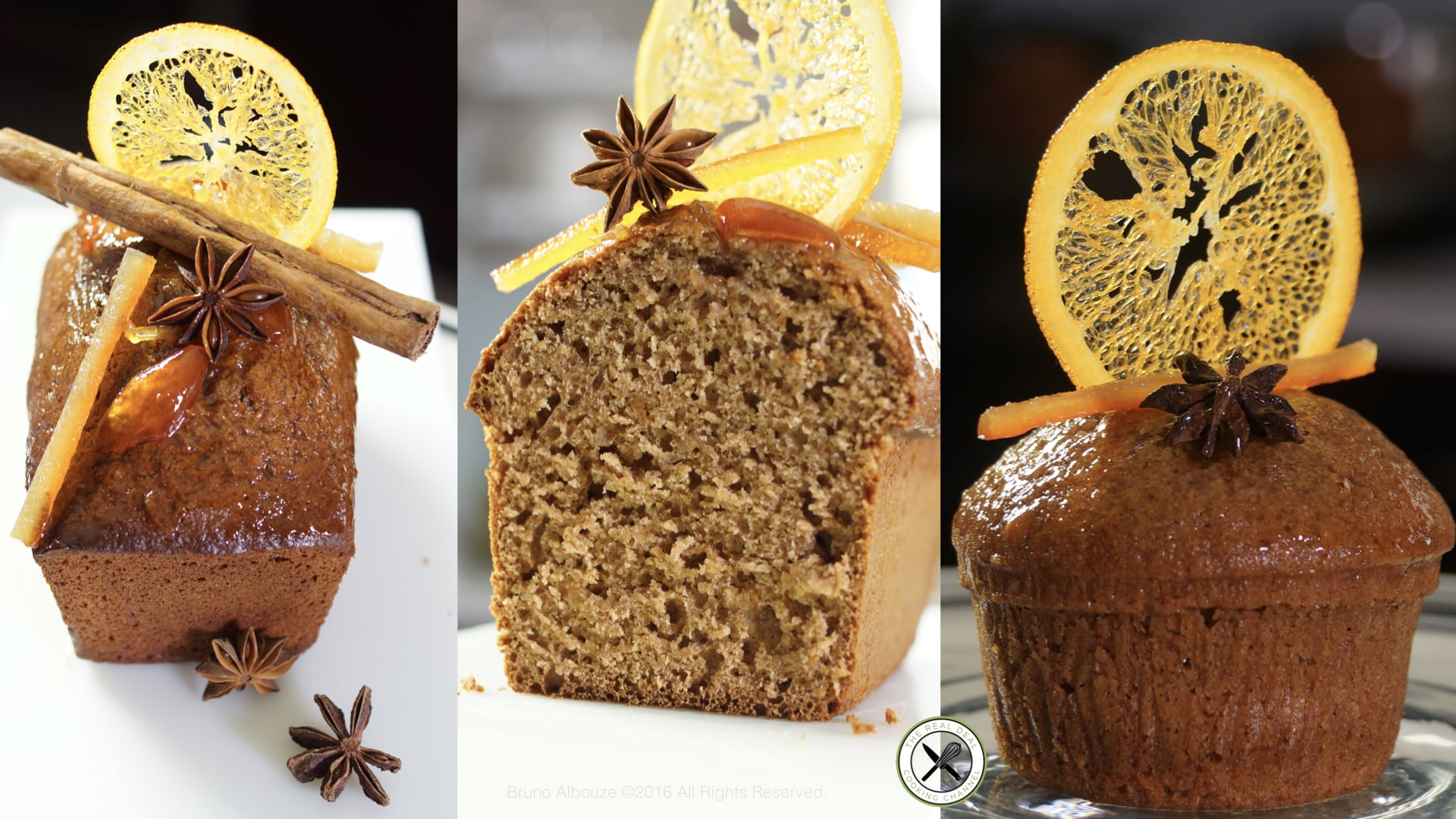Walnut Coffee Nougat
Nougat, a sweet delicacy with a rich history and a variety of legends surrounding its origins, continues to enchant and delight taste buds around the world. The name "nougat" itself, derived from the Latin "nux gatum" meaning nut pie, hints at the delicious nutty flavors that are at the heart of this confection. With its roots tracing back to the Roman Empire and old Byzantium, nougat has evolved into three main types. The most beloved version is white nougat, known as mandorlato or torrone in Italy, turrón in Spain. This delectable treat is crafted from a mixture of beaten egg whites, cooked honey, and a sugar base syrup, creating a delightful fusion of sweet and nutty flavors. The texture of nougat can vary from soft to hard, depending on the cooking process and temperature of the sugar. In some regions, nougat is even finished in the oven to achieve a toasted color and a firmer consistency. For example, the famous Nougat de Montélimar from France is required to contain at least 30% of dry fruits such as almonds and pistachios, ensuring a rich and satisfying crunch with every bite. The quality of nougat greatly depends on the percentage of dry fruits and honey used in the recipe. Each ingredient plays a crucial role in enhancing the overall taste and texture of this timeless treat. And for those looking for an extra burst of flavor, the addition of candied orange peels brings a delightful citrusy zing to the mix. Join me in exploring the fascinating world of nougat, where ancient traditions meet modern craftsmanship to create a confectionery masterpiece that is sure to tantalize your senses and leave you craving for more.
Ready to discover this recipe? You're only 1 step away.
This recipe is only accessible to registered members!
Create your account to access all cooking recipes of my website (excepting courses and masterclasses of the Academy).
Join us now and enjoy more 700 recipes (All mostly french, but also european, asiatic and american)

